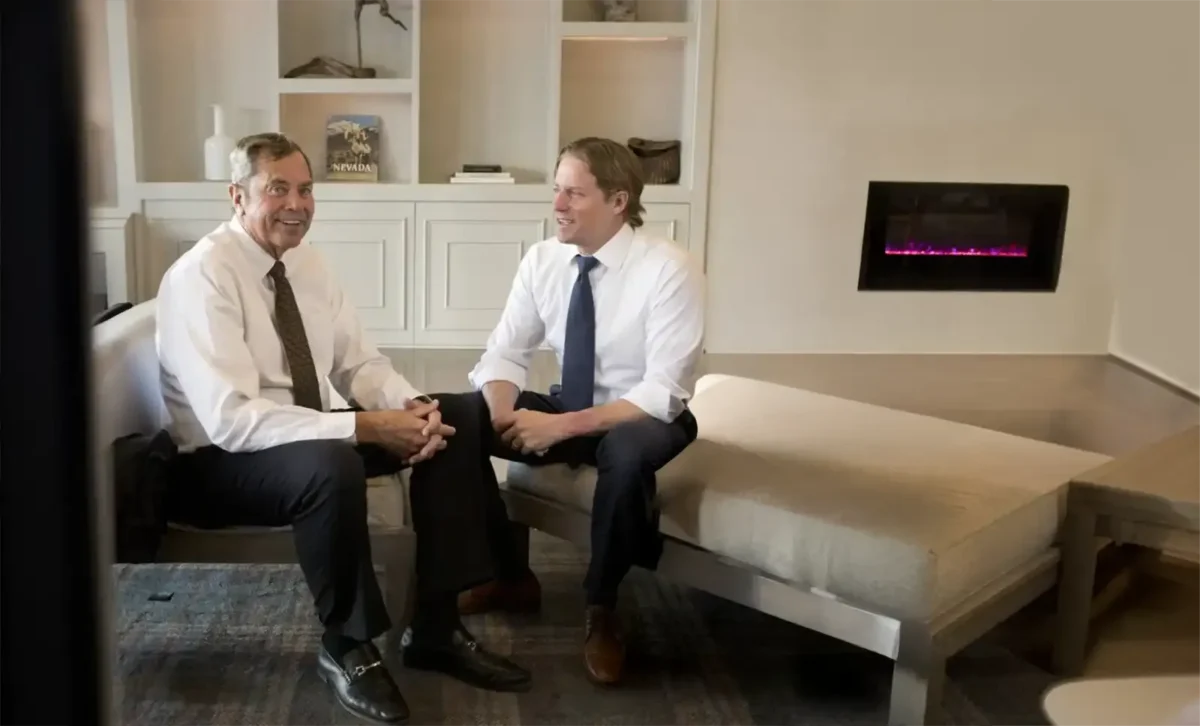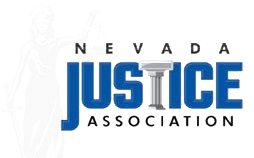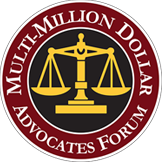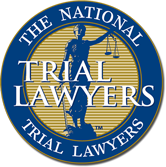- August 13 2024
- | Car Accidents

An accident that involves two vehicles is one thing; it is fairly easy to determine who is at fault. But a multi-vehicle accident is entirely different. In multi-vehicle accidents, figuring out who is at fault can be complicated. Unlike accidents that involve just two cars, multi-vehicle collisions often involve several drivers, making it harder to pinpoint the initial cause. In many cases, one driver’s careless actions can create a chain reaction leading to multiple collisions.
For example, if a driver rear-ends the car in front of them, the impact might push that car into the vehicle ahead, causing a series of crashes. In another case, more than one driver in a multi-vehicle accident can be at fault. For example, consider a situation where one driver runs a red light while another is distracted by their phone. As they drive toward each other, the distracted driver notices the other vehicle a moment too late. Attempting to avoid a collision, the distracted driver swerves abruptly, hitting several cars and causing a chain reaction of accidents.
Since different factors and actions can cause multi-vehicle car accidents, determining who is at fault is challenging. This blog post will help you understand the complexity of determining fault in multi-vehicle accidents. If you or a loved one has been involved in a multi-vehicle accident in Nevada, you will need the help of our reliable lawyers. Contact us in Reno at (775) 322-6636 (Reno) for a free consultation.
Why hire our personal injury lawyers to help you?
At Leverty & Associates Law, we have experienced attorneys who focus on personal injury cases. We will conduct thorough investigations, collaborate with accident reconstruction experts, negotiate with insurance companies, and represent you in court. We will help you throughout the legal process and provide compassionate support and guidance.
Our attorneys will ensure that you are kept informed and empowered every step of the way. If you need a team of dependable lawyers to help you determine who is at fault in a multi-vehicle accident, we are the ones to call. Contact us to learn more about how we can help you.
We are committed to assisting you in navigating the intricacies of personal injury cases.
Determining fault in multi-vehicle accidents
Assigning fault in a multi-vehicle accident can be challenging due to the multiple parties involved. However, below are some critical steps that are involved in determining fault:
Police reports
Immediately after the accident, law enforcement officers will come to the scene. They will investigate the scene and file a report detailing the accident’s circumstances. The report will include statements from drivers, passengers, and witnesses, which will help provide a thorough view of the events leading up to the collision.
Eyewitness testimony
Eyewitnesses can offer valuable insights into what led to the accident and how it happened. Their accounts can help clarify which driver’s actions initiated the chain reaction and how the subsequent collisions followed.
Traffic camera footage
If the accident occurred in an area with traffic cameras, footage can be reviewed to understand the accident’s dynamics. This visual evidence can be crucial in determining the initial cause of the collisions and how the accident happened.
Accident reconstruction
In some cases, accident reconstruction experts may be employed. These professionals analyze the evidence and use scientific methods to recreate the events leading up to the accident. Their findings can be used to determine fault accurately.
Insurance investigations
Insurance companies or insurers will investigate the damage and determine liability. They will analyze all available evidence, including police reports, witness statements, and any relevant footage or data.
Comparative fault and shared liability
In many multi-vehicle accidents, the fault is not attributed to a single driver. Instead, multiple parties involved in the accident may share liability based on their actions. States have different laws regarding comparative fault, which can influence the outcome of claims and compensation:
- Pure comparative fault: Each party is assigned a percentage of fault, and they can recover damages minus their percentage of fault. For example, if a driver is found to be 30% at fault, they can still recover 70% of the damages.
- Modified comparative fault: A party can recover damages only if they are less than 51% at fault. This is the rule in Nevada.
- Contributory negligence: In a few states, if a party is found to be even 1% at fault, they cannot recover damages.
We will protect your rights and ensure you get the justice and compensation you deserve.
Factors contributing to multi-vehicle accidents
The following factors contribute to multi-vehicle accidents:
Weather conditions
Poor weather conditions can significantly reduce visibility, making it difficult for drivers to see and react to road hazards quickly. Rain, fog, snow, and ice are common occurrences that can lead to slippery roads, as they can reduce visibility and vehicle control. These conditions often result in chain-reaction accidents, especially on busy highways.
Driver behavior
Driver behavior plays a critical role in multi-vehicle accidents. Speeding, distracted driving, such as texting or talking on the phone, and aggressive driving, such as tailgating, are frequent contributors. A single driver’s reckless behavior can set off a chain reaction, leading to multiple collisions. For instance, a driver who runs a red light may cause several other drivers to swerve or brake suddenly, resulting in a chain-reaction accident.
Road conditions
The state of the road itself can also contribute to multi-vehicle accidents. Potholes, uneven surfaces, and poorly maintained roads can cause drivers to lose control of their vehicles. Construction zones, with their abrupt lane changes and reduced space, can increase the likelihood of collisions. Poorly designed intersections or confusing road signs can lead to driver errors and accidents.
Mechanical failures
Vehicles with mechanical issues pose a significant risk on the road. Faulty brakes, tire blowouts, and other mechanical failures can cause a driver to lose control, leading to an accident. Regular vehicle maintenance is crucial to prevent such incidents, but unfortunately, not all drivers adhere to these standards, which results in dangerous situations on the road.
Were you involved in a multi-vehicle accident and wonder who is at fault? We can help you!
At Leverty & Associates Law, we have experienced attorneys who will help you handle all the legal processes involved in your case. We will dedicate our skills, knowledge, and expertise to your case and work to secure a favorable outcome. You can count on us; contact us in Reno at (775) 322-6636 to learn more about our services.



 With his master’s in insurance law, Patrick routinely helps individuals and businesses who are having issues with their insurance company. He also has extensive experience with personal injury actions, complex tort actions, product liability matters, and class actions. Patrick Leverty is rated AV by Martindale Hubbell (the highest rating) and has been granted membership in the Million Dollar Advocate Forum, and Multi-Million Dollar Advocate Forum. Patrick Leverty has been certified as a Personal Injury Specialist by the State Bar of Nevada. [
With his master’s in insurance law, Patrick routinely helps individuals and businesses who are having issues with their insurance company. He also has extensive experience with personal injury actions, complex tort actions, product liability matters, and class actions. Patrick Leverty is rated AV by Martindale Hubbell (the highest rating) and has been granted membership in the Million Dollar Advocate Forum, and Multi-Million Dollar Advocate Forum. Patrick Leverty has been certified as a Personal Injury Specialist by the State Bar of Nevada. [ 



